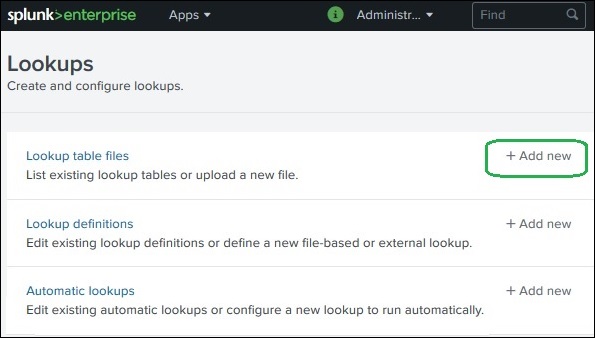


Max auto-summarization searches = x max concurrent scheduled searches Max concurrent scheduled searches = x total max concurrency Total max concurrency = x number of CPU cores in SH/SHC + Some of these calculations are shown below for a single search head but this can be easily extended to a search head cluster: It means that ad-hoc searches can use up to the max search slots, essentially leaving none for scheduled searches. There is a default limit of the search slots that scheduled searches can use but there is no default limit on ad-hoc searches. There are scheduled searches and ad-hoc searches that use these search slots. By default, the system total max concurrency (max search slots) is calculated based on the number of CPU cores on a search head (SH) or across search head cluster (SHC). We can think about this as search slots.This is done to protect the system from thrashing and grinding to a halt if search workload is much higher than resources available. Splunk restricts the number of concurrent searches running on the system. I will primarily focus on the historical searches but some of this discussion is also valid for real-time searches. Search Concurrencyįirst, let's understand the search concurrency model for Splunk.
Splunk lookup max limit how to#
In this blog, I will review the search concurrency model in Splunk and go through a systematic way to identify various reasons for skipping and how to remedy them. However, plenty of times the skipped searches may be reduced by configuring Splunk correctly. Often searches are skipped because the load on the system is higher than available resources and there is a need to either increase system resources or reduce the workload. Skipped searches are a bane of existence for many Splunk Administrators.


 0 kommentar(er)
0 kommentar(er)
